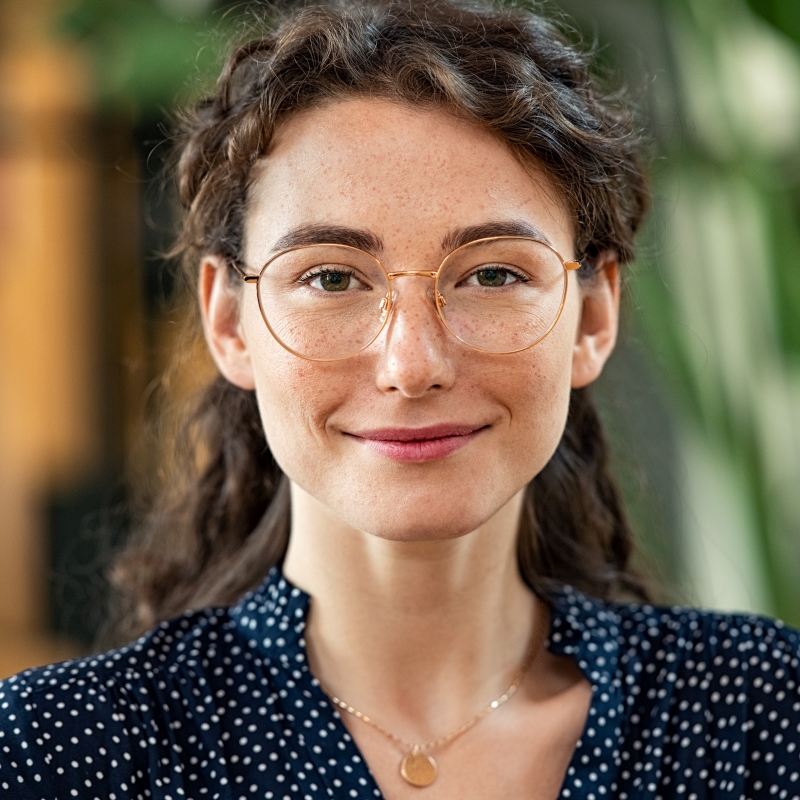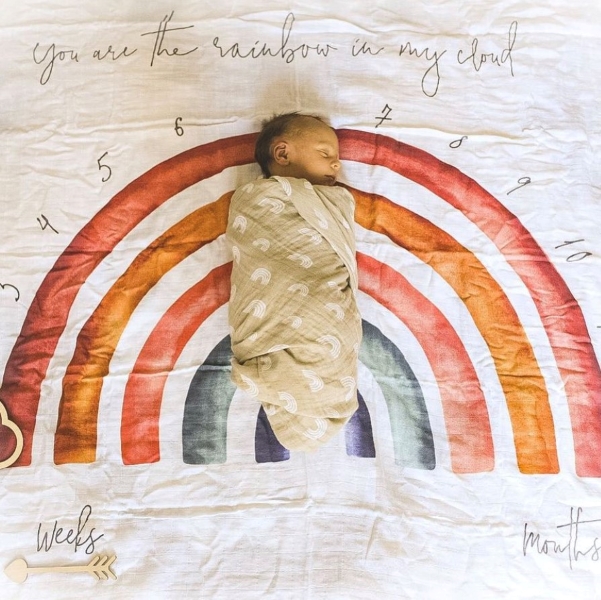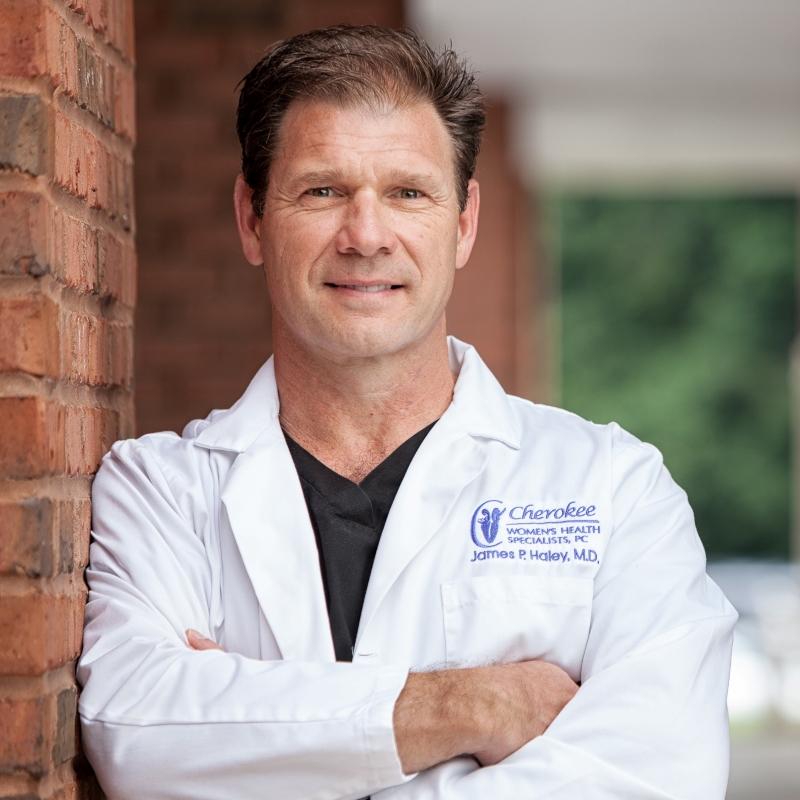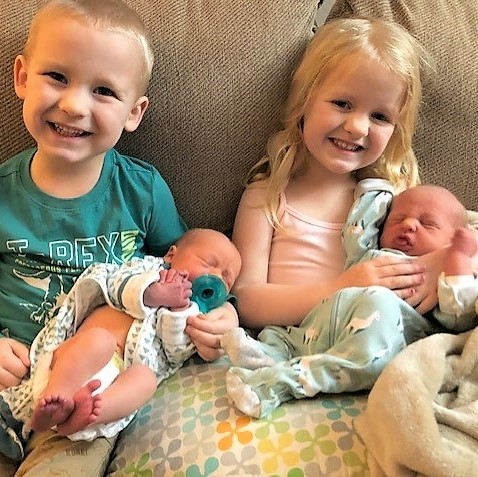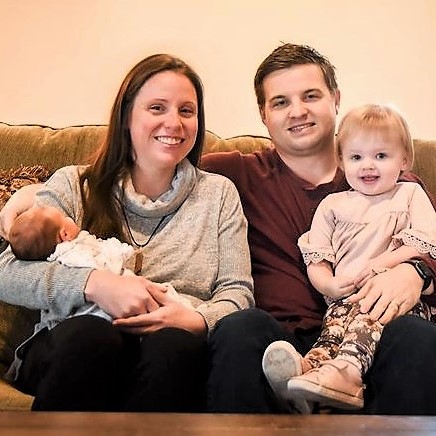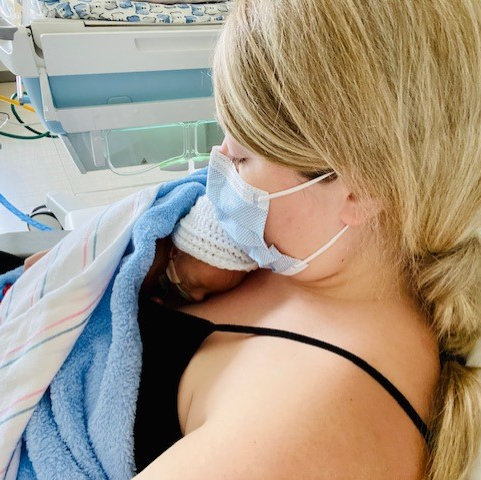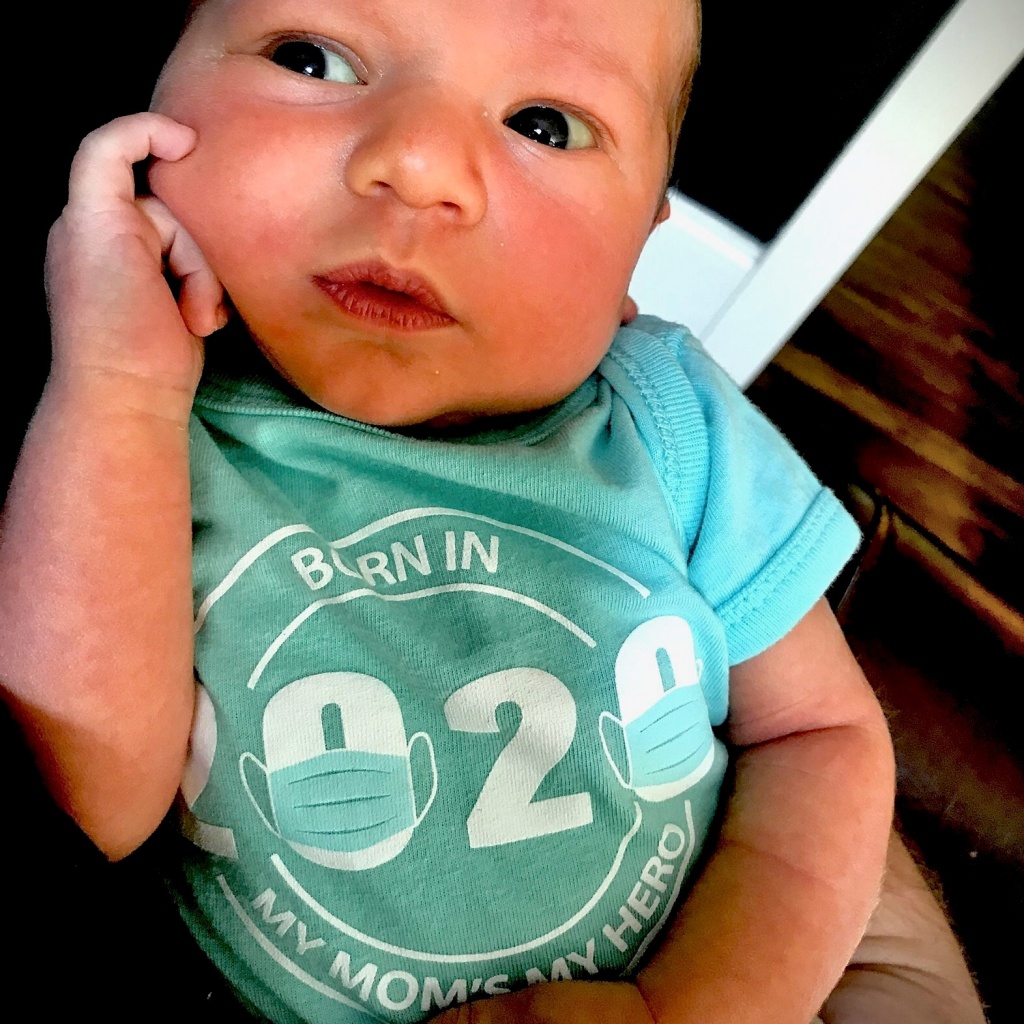My Life with PCOS – A Patient’s Story
Elizabeth was diagnosed with PCOS at just 23, even though she’d had symptoms since she was 11. Polycystic ovary syndrome (PCOS) is a health problem that affects 1 in 10 women of childbearing age. PCOS can happen at any age after puberty, but most women don’t discover they have it until their 20s and 30s – when they have problems getting pregnant. We were fortunate to hear Elizabeth’s story which includes her struggles of living with symptoms of PCOS and finding a doctor that would take her symptoms seriously. Heavy Bleeding and Painful Periods Elizabeth was in the sixth grade and 11 years old when she had her first period, which is a relatively normal age to experience your first menstrual cycle. “It may be odd that I can remember the exact month and year that I got my first period. Maybe it’s because I didn’t realize I had started my period. And when my mom confirmed that’s what it was, I couldn’t stop crying,” Elizabeth recalls. “I don’t remember having considerable pain, but my mom would have to pick me up from school because my period would surprise me, and I would bleed through my pants. It was terribly embarrassing.” – Elizabeth Even though Elizabeth’s periods were very irregular and spaced out, she experienced no other symptoms so her mom figured they would become regular and ’even out’ as Elizabeth entered high school. However, Elizabeth couldn’t help but notice she was the only one of her friend group to have problems. “Is this normal”, Elizabeth began to question. My Pediatrician Classified Me as Overweight, But Provided No Help Unfortunately, Elizabeth’s symptoms didn’t ‘even out’ at all – in fact, they got worse. Her symptoms included weight gain and very painful periods. “My self-esteem plummeted. I was classified as overweight by my pediatrician, and I was noticeably larger than my friends,” she explains. The most frustrating part was that it didn’t seem to make sense. After all, she was very physically active. She lifted weights, played rugby and even carefully watched her diet. Heavy bleeding and severe pain plagued Elizabeth during her menstrual cycle, which came only every three to four months. She and her mom just assumed it was irregular due to her active lifestyle. However, that didn’t explain the intense pain and heavy bleeding. In fact, they were so severe that she couldn’t attend school, go outside, or even move during the first day of her menstrual cycle. “It was so bad. My mom would take the day off of work to tend to me, because I was in so much pain. Over-the-counter pain medication wouldn’t even take the edge off. I would just rock back and forth on the couch all day, dragging myself to the bathroom to change my menstrual pad or to vomit.” – Elizabeth I Just Learned to Live with the Pain and Heavy Bleeding Elizabeth said she learned to just deal with the symptoms and found ways to work around them. It was mainly the first day of her cycle that she was out-of-commission, so on those days, her teachers and coaches were very understanding and would let her go home without any penalties. Again, Elizabeth and her mom hoped her symptoms would simply ‘level out’ as Elizabeth became older. As Elizabeth was preparing to go off to college, she knew she had to do something. If the first day of her period fell on a day where she had class or an exam, she would be in major trouble. She had heard birth control could help ease the pain and bleeding of periods, so she scheduled an appointment with the school’s GYN. The gynecologist ran bloodwork and performed an annual exam. The results shocked Elizabeth – the bloodwork revealed that she had high testosterone levels! After Elizabeth spoke to her mother about her results, Elizabeth discovered her mom had polycystic ovary syndrome. “You’d think this is when I would be diagnosed with PCOS, right? Unfortunately, my GYN at the time told me it would be useless to do further testing since, as she put it, ‘I didn’t want to have kids yet and I was going on birth control anyway.’” Finally, the GYN at Cherokee Women’s Health Diagnosed Me With PCOS As Elizabeth was attending college, she noticed her pain and heavy bleeding were relieved, but she was very fatigued, and was eventually diagnosed with depression. After graduation, Elizabeth moved to Woodstock, GA, where she discovered Cherokee Women’s Health Specialists. After visiting a gynecologist and having more bloodwork tests, she was diagnosed with polycystic ovary syndrome. “Even though I suspected I had PCOS for a while, it was a major relief to get a formal diagnosis. I was much kinder to myself and was excited to finally stop suffering from my symptoms.” Receiving a Treatment Plan for PCOS Her doctor discussed the different treatment options, and together they chose the best option for her situation. Each patient diagnosed with PCOS has different symptoms and is in various phases of life. Discussing the treatment plans with your physician is the best way to manage and control your PCOS symptoms to be able to enjoy the best quality of life. Our GYNs Can Help Diagnose Female Health Issues Polycystic ovary syndrome is not a health condition that can go away, so make an appointment with your gynecologist. They will help rule out other potential causes and come up with a treatment plan. At Cherokee Women’s Health, our board-certified OB/GYNs are very experienced in diagnosing and treating symptoms of PCOS. schedule an appointment online or call us today at 770.720.7733.

